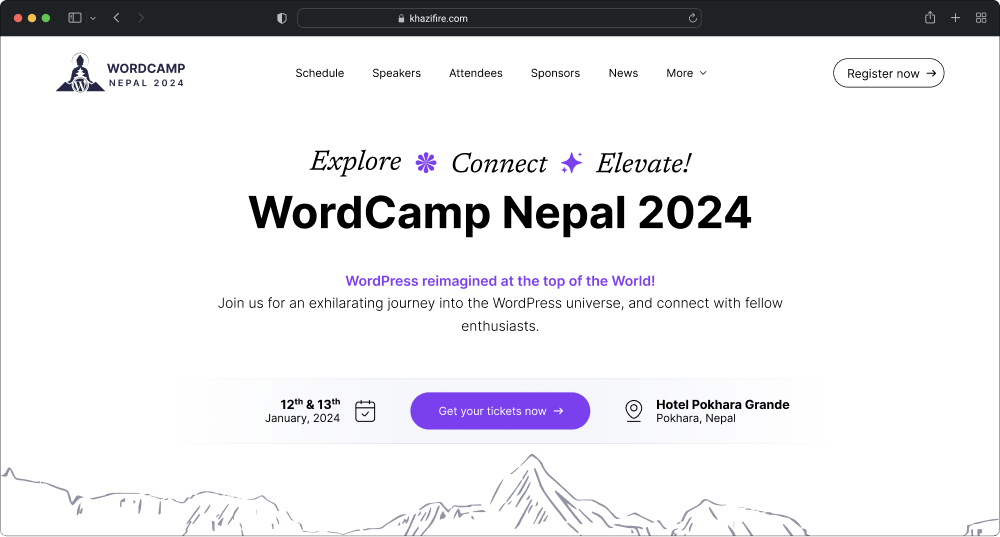Should we design mobile first?
Designing mobile-first ensures that the most critical elements and content are optimized for smaller screens, creating a user-friendly experience that prioritizes accessibility and ease of use. This approach forces to focus on the essential elements and content, making the design simpler and more intuitive, which is crucial for users on the go who need quick access to information, such as event details or ticket purchases.
Additionally, starting with a mobile design allows for a natural progression to larger screens, ensuring the website is responsive and maintains a consistent user experience across all devices. By addressing mobile users' needs first, we ensure that the site is functional and engaging for the widest possible audience, aligning with the goal of making the website accessible and user-friendly for all kinds of users, regardless of their device.
Did we need a design system right now?
A design system ensures consistency across all elements of the website, such as buttons, typography, color schemes, and layouts, creating a cohesive user experience that enhances navigation and usability. Given that the project involves collaboration among multiple designers, a design system streamlines communication, reduces redundancy, and ensures a unified approach. This is crucial for maintaining a consistent visual language and avoiding design discrepancies.
Additionally, a design system allows for scalability, making it easier to update and reuse components for future events, thereby saving time and resources. It also facilitates faster iterations, as designers can quickly make changes and test different elements without starting from scratch. Furthermore, incorporating accessibility standards into the design system ensures the website is inclusive, aligning with the goal of making it accessible to all users, regardless of their background or technical skills.
Finally, a well-documented design system improves the developer handoff process by providing clear guidelines and reducing misunderstandings, ensuring the final implementation aligns closely with the intended design. Therefore, even with a tight timeline, investing in a design system will significantly enhance the overall design and development process, ensuring a high-quality, scalable, and accessible website.








